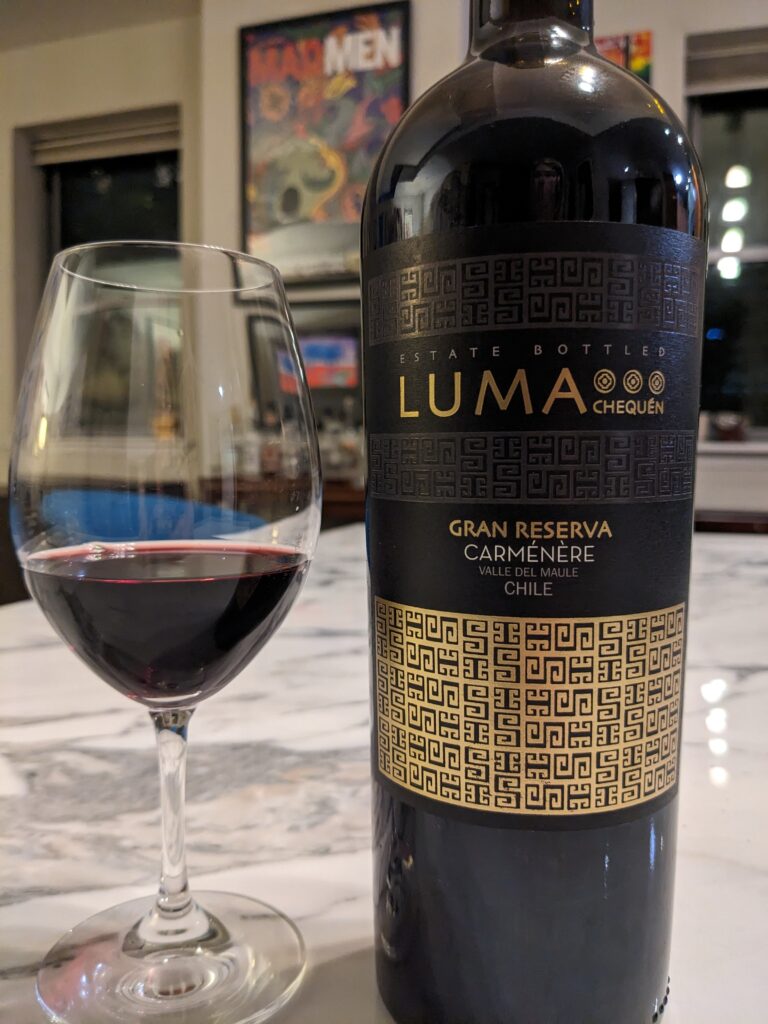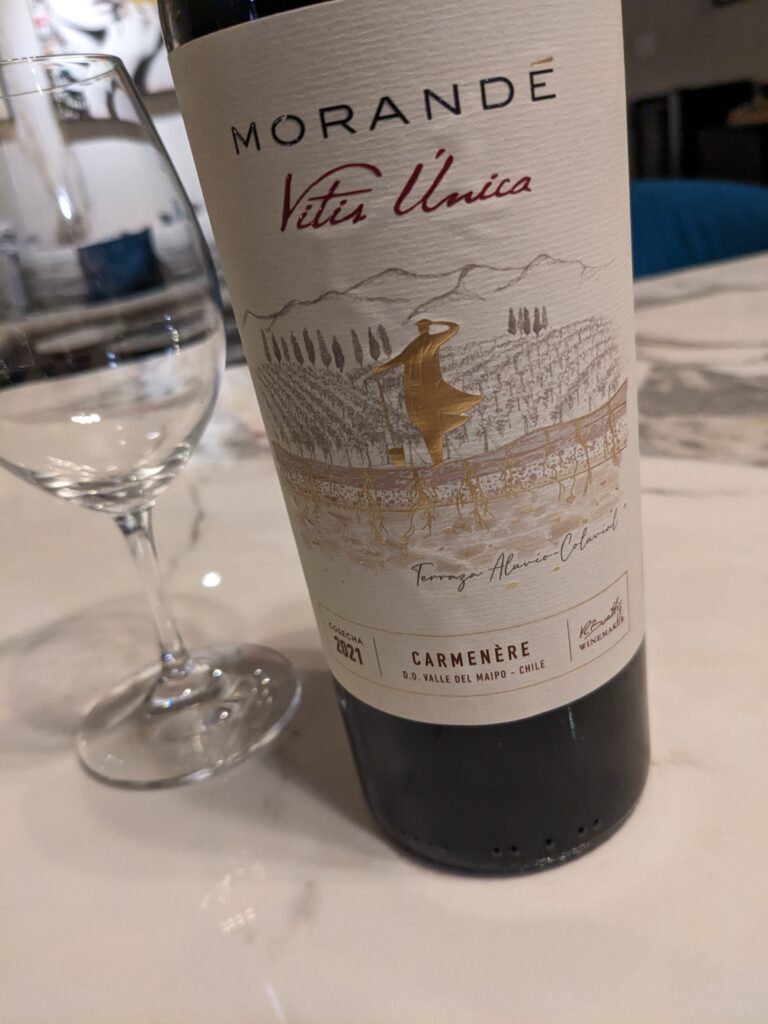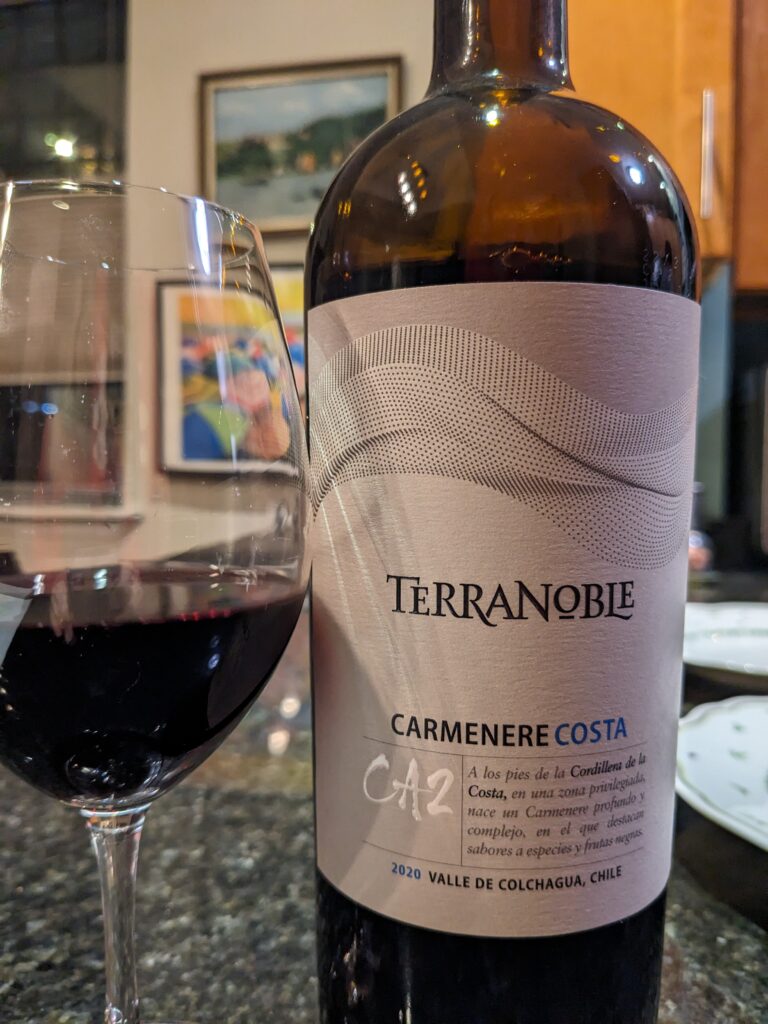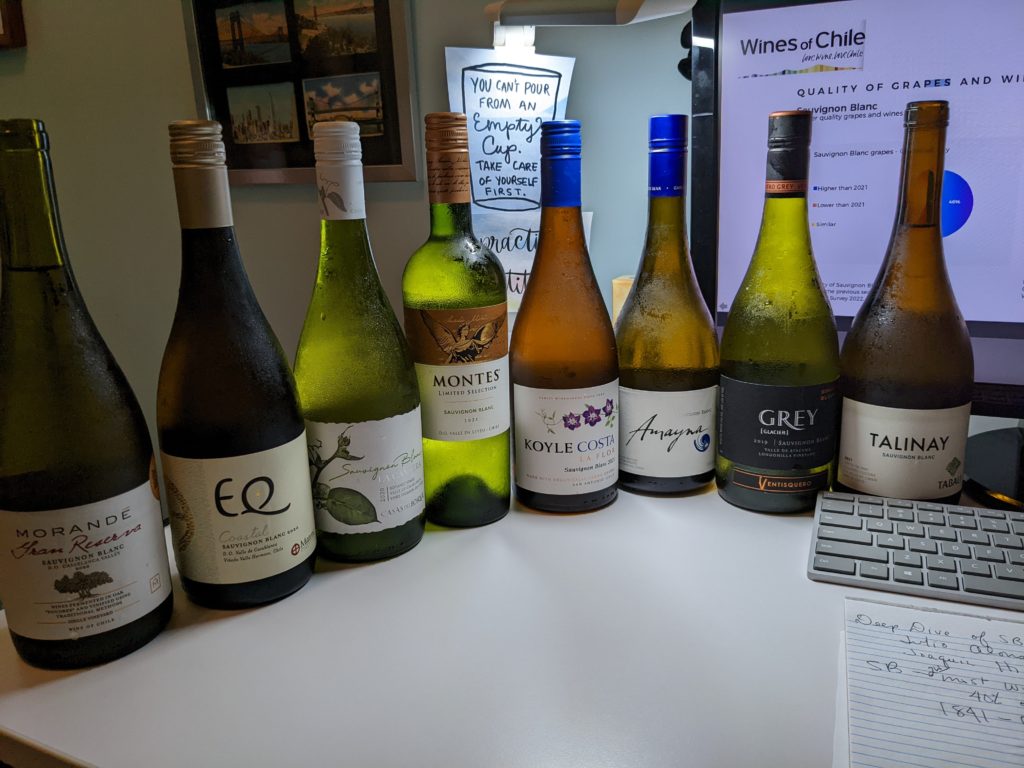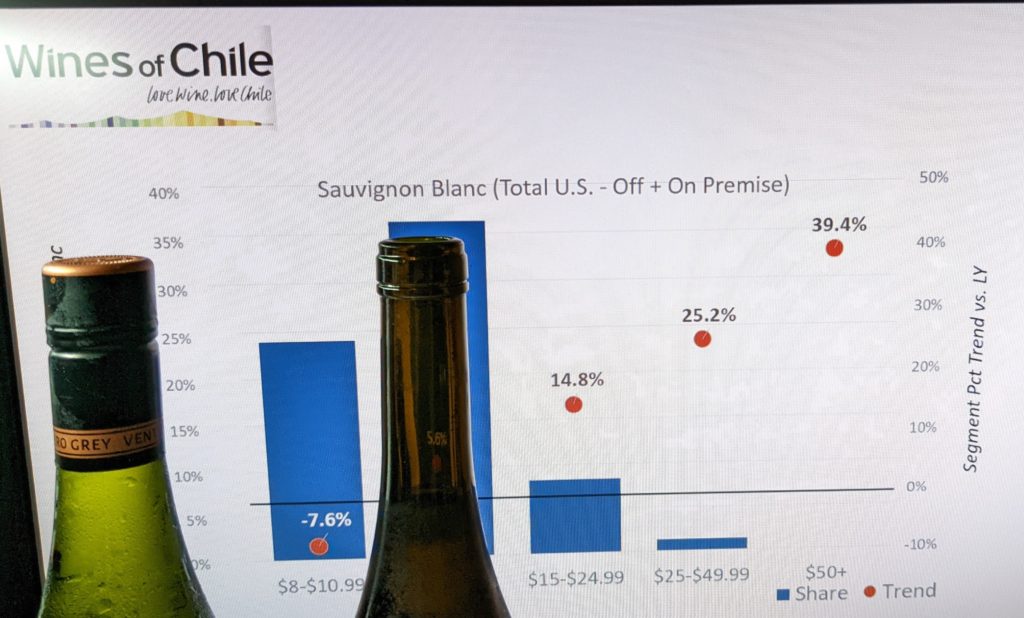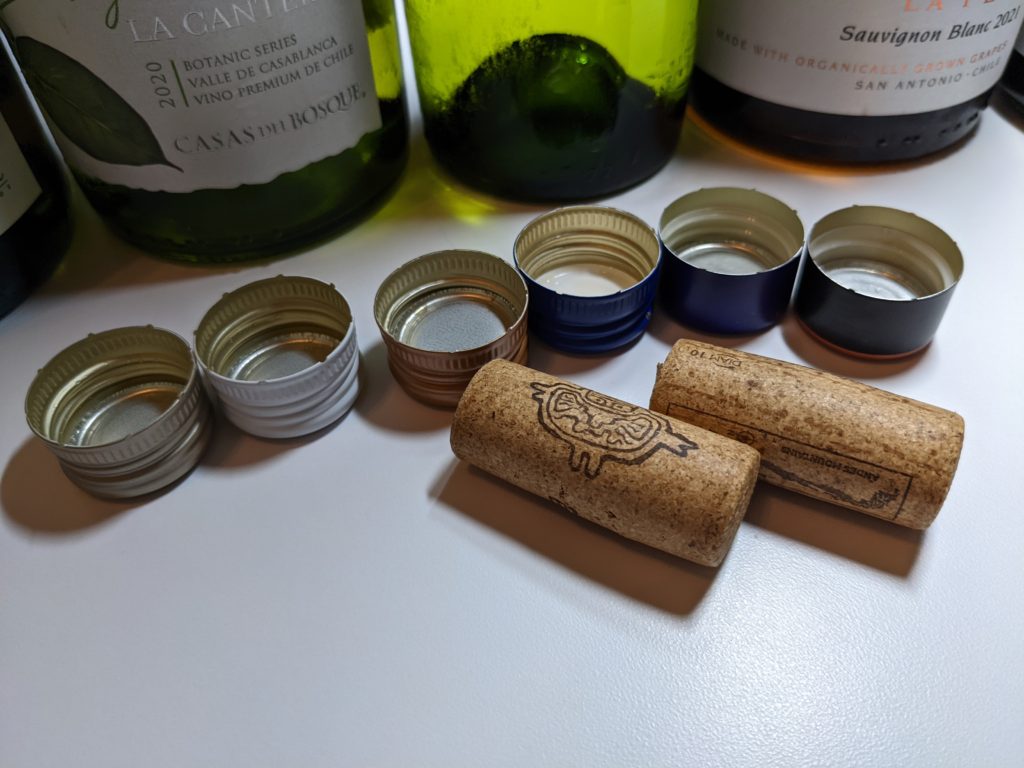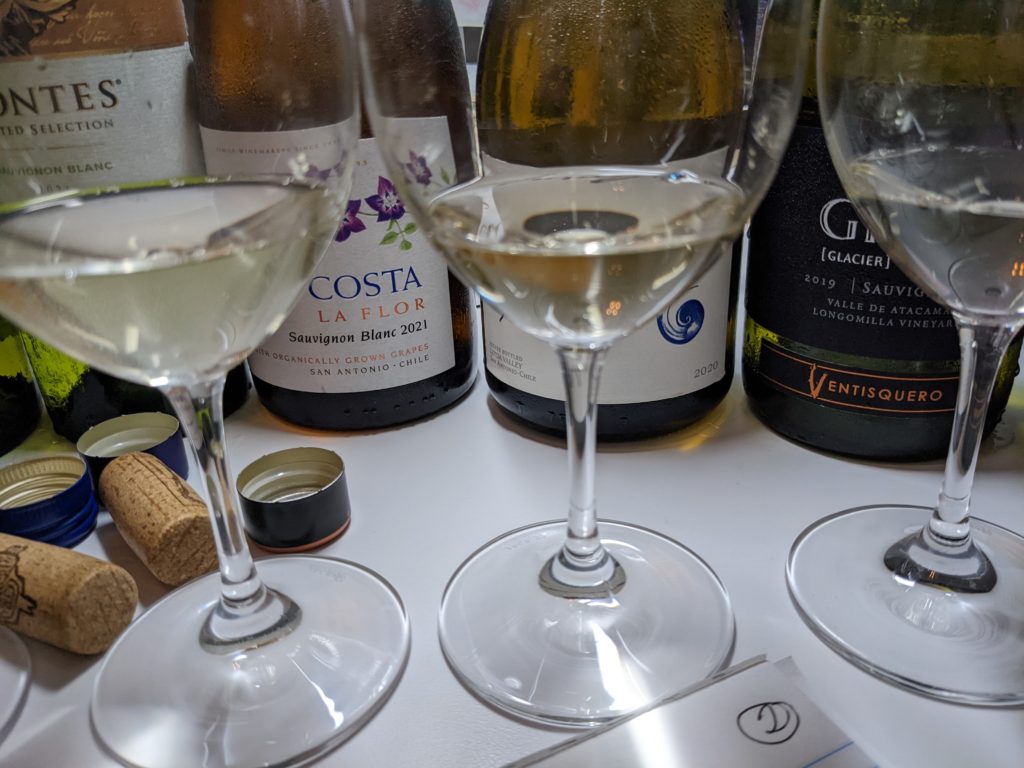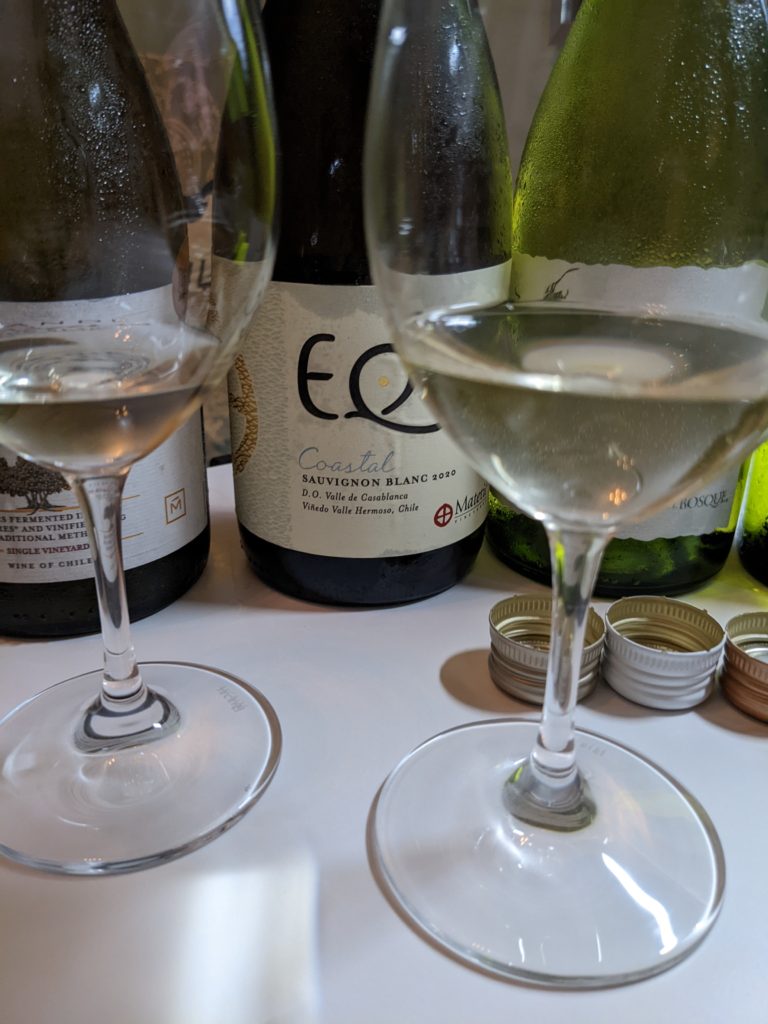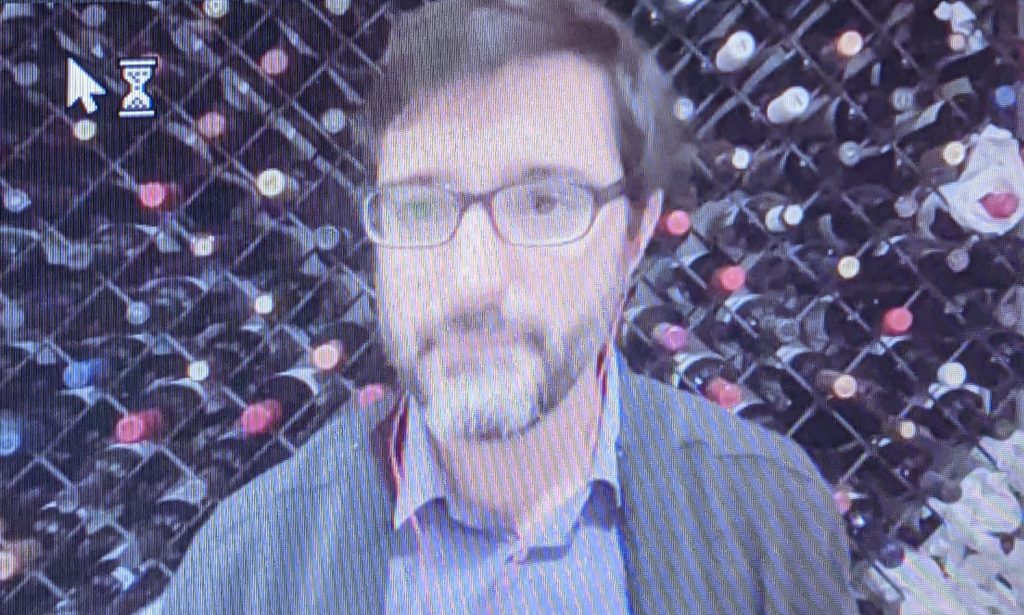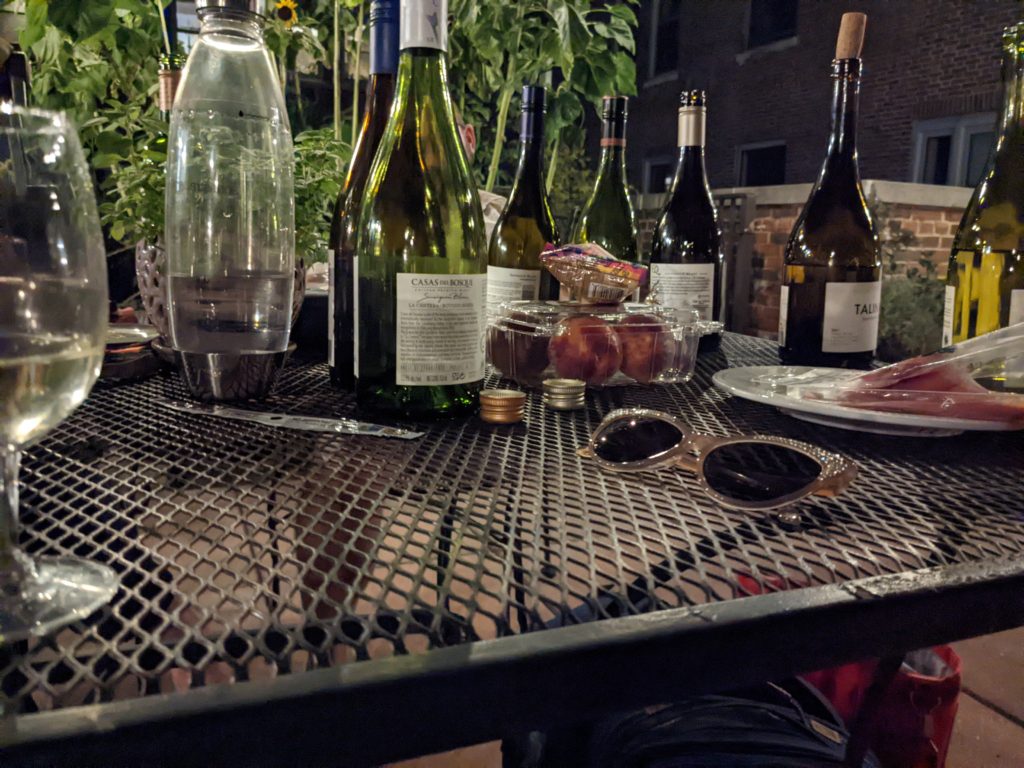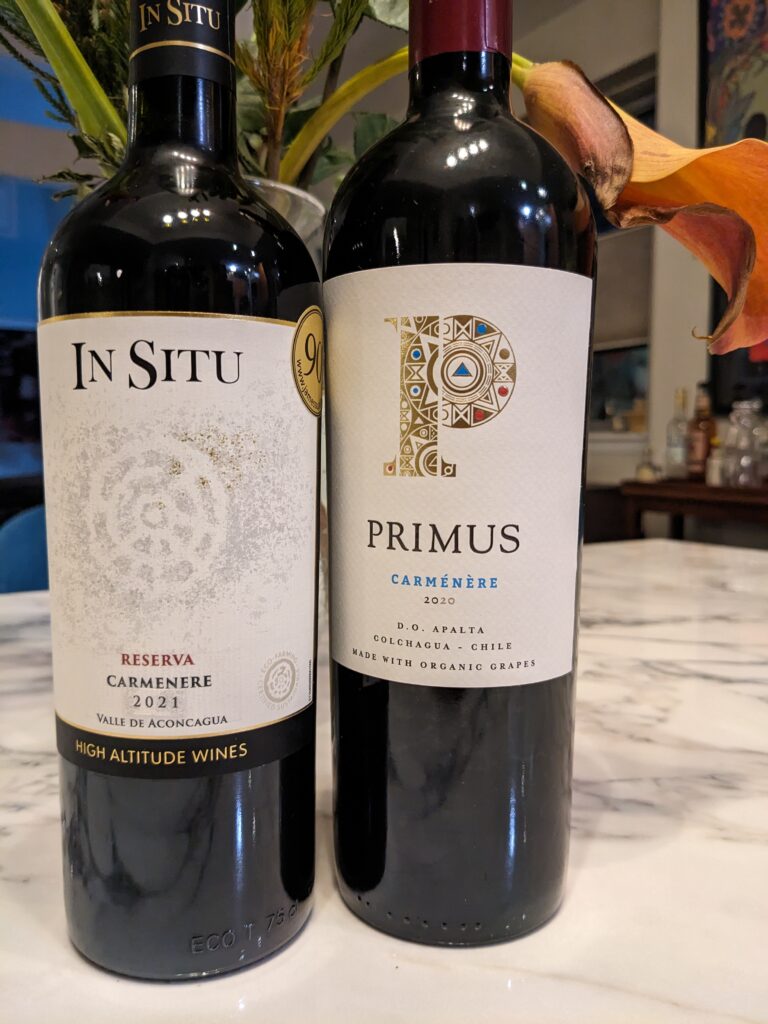
As I wrote about last year (See story), an important shift in the Chilean wine landscape has been the recognition of what grapes are actually being grown in the vineyards. More specifically, a big emphasis has been on the grape variety, Carménère. If you are unfamiliar (or less familiar) with Carménère, you are not alone. In fact, the Chileans mistook Carménère for Merlot for decades, only correctly identifying it in Chilean vineyards in 1994. Carménère has now been embraced as a singularly Chilean variety, gaining respect and an understanding for how to grow and produce this grape.
This sister variety to Cabernet Sauvignon gets its name from the French word carmin, which translates as crimson, given the variety’s deep red color. It originally hails from France’s Bordeaux region, where it was among the red grapes permitted for Bordeaux wines back in the day. While it is still allowed, it is not readily found in France these days. By 1994, as it was rediscovered in Chile, less than 25 acres could be found in the Médoc, while today there are only 197 acres in total remaining in France.
In contrast, in that same year (1994), over 8,500 acres of supposed Merlot turned out to be Carménère. This figure has grown to 25,500 acres in 2021, after peaking at 34,000 in 2014 and, presently, Chile boasts the most Carménère vines in the world. Currently, there is a diverse mix of old vines – some as old as 80 years – and newer plantings, providing winemakers with a range of options from which to craft their wines.
With Cabernet Franc as the parent variety for both Cabernet Sauvignon and Carménère, it is not surprising that the two share many of Cabernet Franc’s characteristics, including the pyrazine-influenced aromas and flavors. Most often described as green pepper or herbaceous notes, these aroma compounds shift more toward spicy, fruity flavors when the Carménère grapes are more fully ripe.
In this regard, Carménère can be produced in either a riper or cooler style, depending on what the winemaker hopes to achieve. Consequently, very ripe grapes display lots of spice, with darker fruit characteristics, yet often yield wines that are high in alcohol, body and intensity due to the warmer climate, extra time on the vine or both. Conversely, cooler climates and soils are more likely to produce wines with more pronounced vegetal aromas. Given the reduction in green pepper aromas, warmer regions, such as the Colchagua and Cachapoal Valleys, have had significant success with Carménère.
However, this robust style peaked in 2010 and has been on the decline in favor of a less ripe profile in more recent years. In particular, this stylistic shift was heralded in 2017 with the release of the Carménère Santa Rita Floresta. Since then, winemakers have strived to respect the vegetal characteristics and create balanced wines with both red and dark fruit flavors, along with more moderate alcohol and body.
Regardless of one’s preferred style, these wines are well made and generally provide a good price to quality ratio. A recent round up tasting included the wines below, which offered up a range of styles and price points. We were particularly impressed with the
Viña San Esteban In Situ Carménère Reserva 2020, which, at $13.00, overdelivered and was a pleasure to drink.
I strongly encourage you to check out Chilean Carménère, but, love it or hate it, don’t call it Merlot!
TASTING NOTES
InVina Luma Chequen Gran Reserva Carmenere 2020, Valle del Maule, Chile, $17.00
Aromas of blackberry and oak greet the nose. The dry palate offers up vibrant acidity, medium+ body and rustic tannins, with flavors of blueberries and spice, with long length.
Morandé Vitis Única Carménère 2021, Maipo Valley, Chile, $20.00
This wine shows notes of leather, earth and plum, which persist on the dry, full-bodied palate. It displays medium+ acidity, textural tannins and has long length.
Viña San Esteban In Situ Carmenere Reserva 2020, Aconcagua Valley, Chile, $13.00
A really lovely wine, especially at this price, the wine offers up aromas of smoke, blackberry, and oak, with very peppery and spicy notes. The full-bodied palate is dry, with medium acidity, medium body, ripe tannins and flavors of coffee, blackberry, earth, spice with long length.
Primus Carmenere 2020, DO Apalta, Colchagua Valley, Chile, $21.00
A very elegant wine produced from organic grapes, this wine has a fruity nose with black and blue fruit. The dry palate has medium+ body, medium acidity, and ripe, medium tannins, along with flavors of black and blue fruit, spice and cocoa and very long length.
TerraNoble CA2 2020 Carmenere Costa 2020, Colchagua Valley, Chile, $36.00
A beautifully complex wine with meaty, spicy, leafy and black cherry aromas. The palate is dry, with medium+ acidity, medium-to-full body, and ripe tannins. Blueberry and dried herbs dominate the palate, culminating in very long length.
Montes Wings Carmenere 2020, Apalta Valley, Chile, $55.00
Aromas of leafy herbs, red berries, and plum continue on the dry, smooth palate along with full body, medium acidity, oak, and very long length. Overall, a complex and elegant wine with fine tannins. You can learn more about Aurelio Montes, Sr. and Aurelio Montes, Jr. and the Montes winery in this story.

